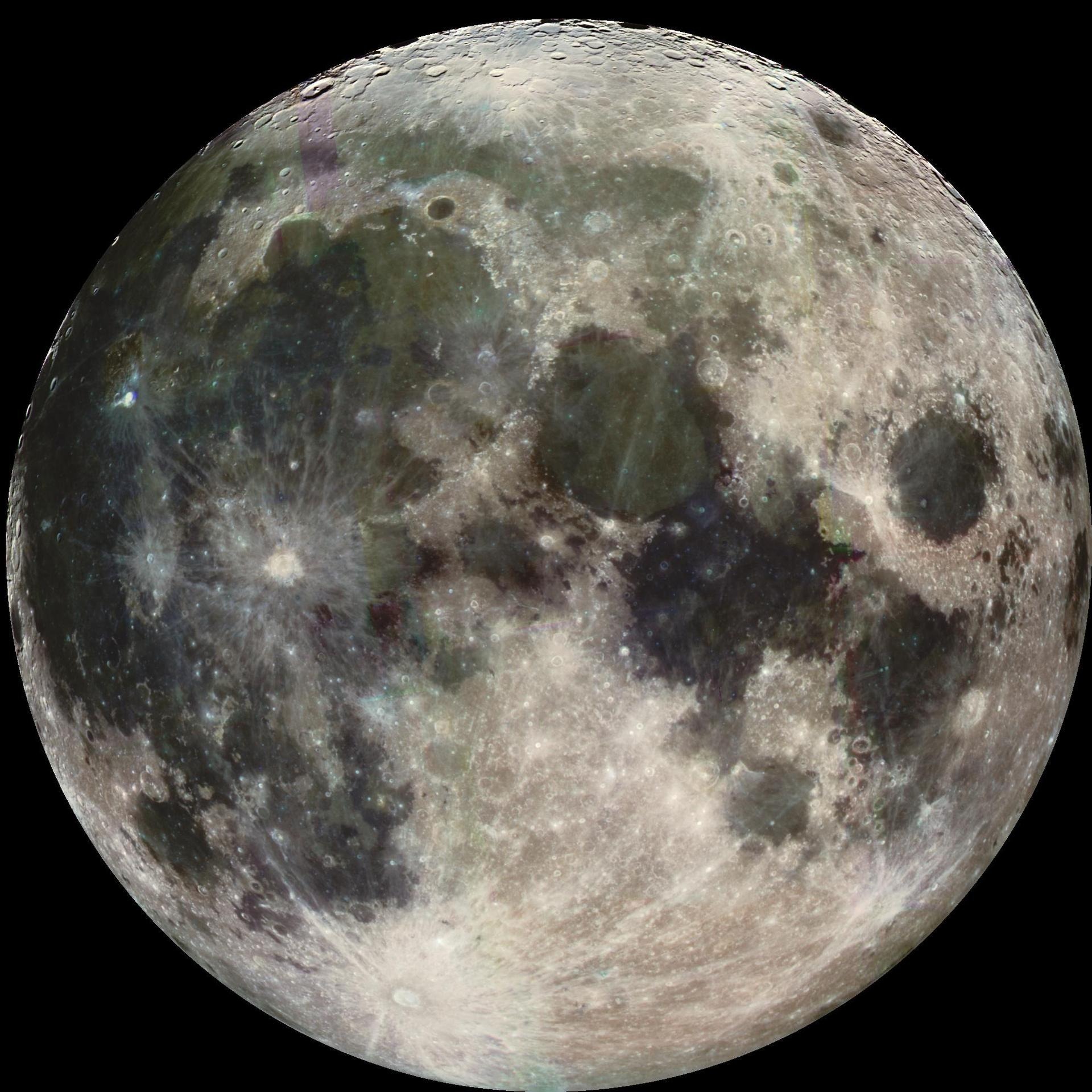A new tribute to our celestial neighbour blends science and history – to surprisingly poetic effect

Our Moon: A Human History (Sceptre) by Rebecca Boyle
The Moon, “like to a silver bow” (Shakespeare), “sole in the blue night” (E. E. Cummings), with its “face like the clock in the hall” (Robert Louis Stevenson), has inspired poetry for centuries. Now a new book by science writer Rebecca Boyle offers a surprising entry into the lunar canon. Our Moon does certainly convey a great deal of science and history about the Earth’s Moon, but the dominant impression it leaves is one of dream-like wonder, more akin to poetry than a dry work of popular non-fiction.
The lyrical prose feels like a lullaby, offering a space for reflection on just how intertwined humanity is with the Moon and prompting its reader to ponder their own relationship with our nearest celestial neighbour. “The Moon says nothing for itself, but it says plenty about us,” writes Boyle. “We project our dreams and our fervour onto its mottled surface, and it serves as a mirror, both figuratively and literally.”
That isn’t to say that Our Moon is not informative; quite the contrary. Unlike many volumes of popular science, Boyle’s book includes scientific research so recent that it hasn’t even had time to make it into a textbook yet. Take the case of the Moon’s creation. Broadly speaking, we know the Moon formed from a collision between a leftover planetary core (usually referred to as Theia) and the very early Earth. In the book’s second chapter, Boyle explores competing theories around precisely how the Moon arose from that collision. Was it mostly Theia reborn, or did something more complex occur? She outlines the absolute cutting edge of this debate, giving the reader a glimpse into the active endeavour of science.
There is a reason this book is called “Our Moon” and not “The Moon”, though. It’s not a simple science book about the Moon’s geology and space exploration. Instead, it traces the relationship between living creatures and the Moon from millennia ago into an imagined future. The Moon is quite literally in our creation – much of Earth’s life (ourselves included) has evolved to be diurnal, waking and resting on a clock determined by the Sun, but our patterns are also dictated by the Moon. “Corals time their mating dance according to the full Moon’s appearance,” Boyle writes. Meanwhile, “because gnats must wait for an extremely low tide to keep their eggs safe, they evolved the ability to notice the Moon’s phases.” Our own species’ menstrual cycles (28 days on average) coincidentally line up quite well with the time it takes for the Moon to revolve through its phases (29.5 days).
The Moon is ingrained not only in our biology but also in our culture. Boyle traces its influence from ancient stones marking the so-called lunar solstice, when the Moon reaches the furthest north or south point in the sky (which happens on a surprisingly long 18.6 year cycle), all the way through to the relatively recent Apollo moon landings. Our relationship with the Moon is, of course, ongoing; it seems as if this current phase of our connection might be defined by the rise of private companies looking to ransack it for resources or claim a chunk as their territory. Boyle raises concerns about this possible future: “Who gets to decide the way to use a precious thing, a limited, special, spectral, spiritual thing, that we all share? … No one person, no single culture, can speak for everyone who shares the sky.”
If I were to make one complaint about this book, I’d say the prose may be a bit too lyrical. It is technically impressive, excellently crafted, literature with a capital L that requires brain power and engagement from its reader. That is both a blessing and a curse. This is a science book for the initiated, offering abundant richness in the form of a beautiful, complex tapestry of human history, modern science, folk tales and even personal stories. But readers looking to learn the basics about our natural satellite might consider picking up other, more introductory books first.
This article is from New Humanist’s winter 2024 issue. Subscribe now.
